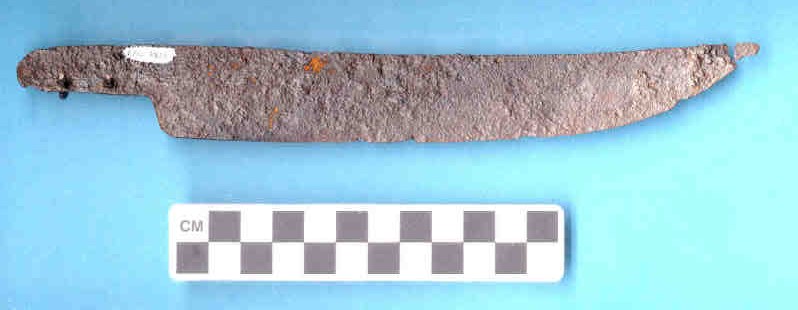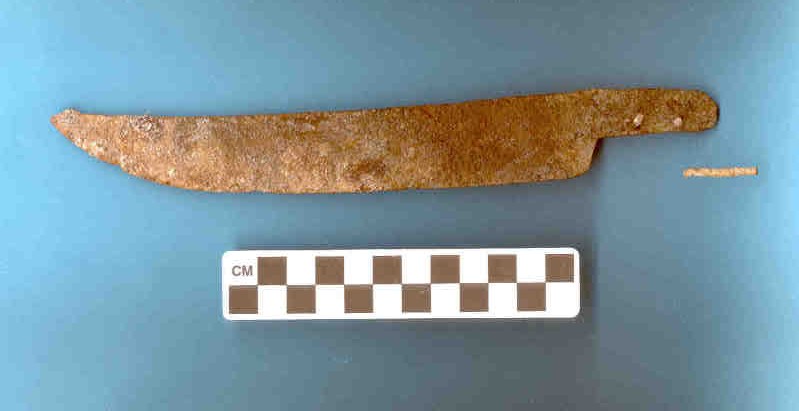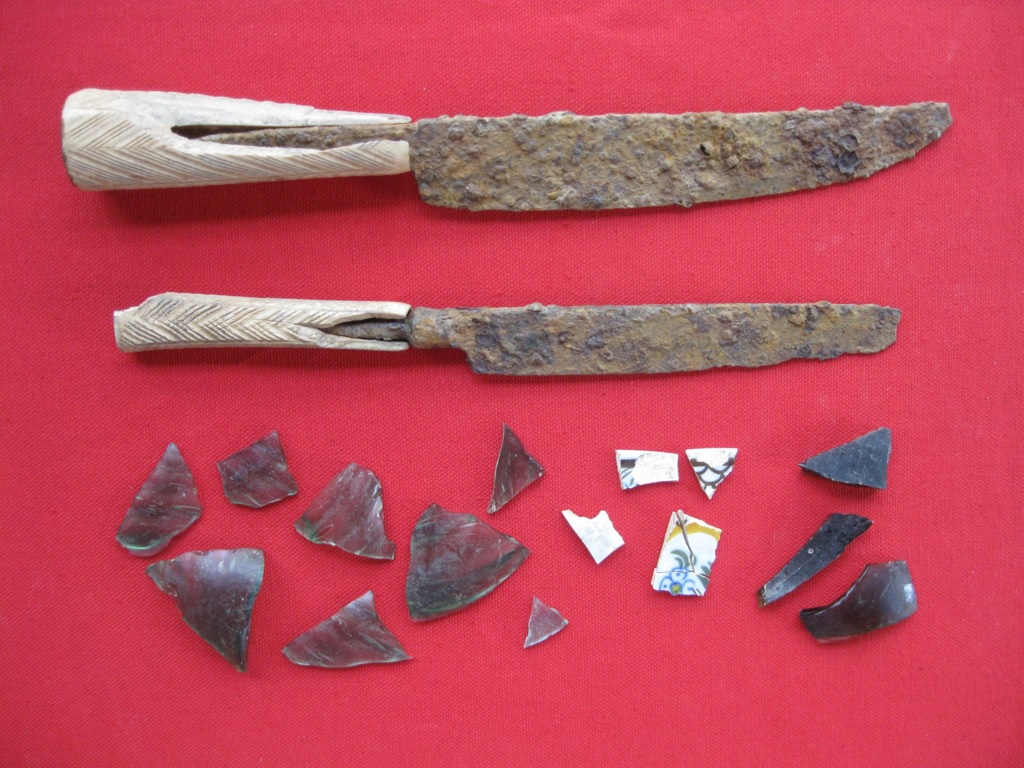I picked up this knife blank awhile back. Was thinking at the time it would make a reasonable facimile of a riflemans knife. The blank is rather thin. If I remember correctly it is roughly .088" thick. Assuming a proper handle and NOT using 3 cutler type rivets but proper pins instead, could a passing riflemans knife be made from it? Thanks.
http://www.applecartcreations.com/images/items/1506.jpg
If this image link violates the rules please delete.
http://www.applecartcreations.com/images/items/1506.jpg
If this image link violates the rules please delete.
Last edited by a moderator:








